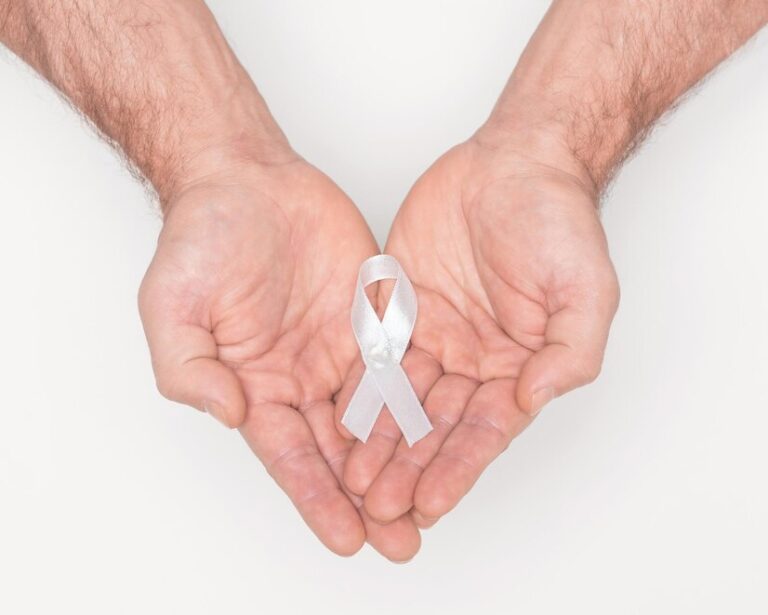Breast Tumor Removal
Breast tumor removal, also known as lumpectomy or partial mastectomy, is a surgical procedure performed to remove a tumor or abnormal growth from the breast while preserving as much of the breast tissue as possible. It is typically performed for breast cancer treatment when the tumor is small and localized.
During a breast tumor removal procedure, the surgeon makes an incision over the breast, locates the tumor, and carefully removes it along with a surrounding margin of healthy tissue to ensure complete removal. The extent of tissue removal depends on the size and location of the tumor. After the tumor is removed, the breast tissue is usually closed with sutures, and the incision is covered with a sterile dressing.

Symptoms
Lumpectomy is indeed a treatment option for removing cancerous cells from the breast. Here are some signs and symptoms of breast cancer:
- A distinct breast lump or thickening that feels different from surrounding tissue.
- Changes in the size, shape, or appearance of the breast.
- Changes to the skin over the breast, such as dimpling or puckering.
- A newly inverted nipple.
- Peeling, scaling, crusting, or flaking of the skin around the nipple (areola) or breast.
- Redness or pitting of the skin over the breast, resembling the texture of an orange peel.
When to access Medical Care
Seek medical attention promptly if you experience any of the following signs or symptoms of breast cancer:
- A new lump or mass in the breast or underarm area.
- Changes in the size, shape, or appearance of the breast.
- Skin changes on the breast, such as dimpling, puckering, or redness.
- Nipple changes, including nipple inversion, discharge, or changes in texture.
- Persistent breast pain or discomfort.
- Swelling or lumps in the lymph nodes under the arm or around the collarbone.
- Any other unusual or concerning changes in the breast tissue.
Determinants of risk
Factors associated with an increased risk of breast cancer include:
- Gender: Women are more susceptible to breast cancer than men.
- Aging: The risk of breast cancer rises with age.
- Personal history of breast conditions or family history of breast cancer.
- Inherited genetic mutations that increase cancer risk.
- Giving birth to the first child at an older age, particularly after age 30.
- Nulliparity: Never having been pregnant.
- Starting menopause at an older age.
- Early onset of menstruation.
Recovery process
Recovery duration varies, contingent on factors like patient characteristics, chosen procedure, and the extent of severity.
Why entrust your care to us?
At Steps 2 Cure, our foundation of trust is built upon several key pillars that ensure your confidence in our services and expertise. Our team comprises highly qualified professionals with extensive experience in their respective fields. Their knowledge and skills enable us to offer you the best possible care and solutions for your medical needs. We understand that each individual is unique, and so are their healthcare requirements.
That’s why we prioritize tailoring our treatments and approaches to your specific circumstances, ensuring that you receive care that is truly designed for you. You are at the heart of everything we do. Your comfort, concerns, and aspirations guide our efforts. Our compassionate approach ensures that you feel valued and supported throughout your healthcare experience.
To commence the treatment procedure, you can start by forwarding your questions via WhatsApp at (+91 9999652964) or by sending an email to care@steps2cure.com. Our team will ensure a swift response to your queries.
Abdominoplasty
Still have a Query?
Your health and peace of mind matter to us, and we’re dedicated to addressing any inquiries you may have with care and expertise. Feel free to reach out.
